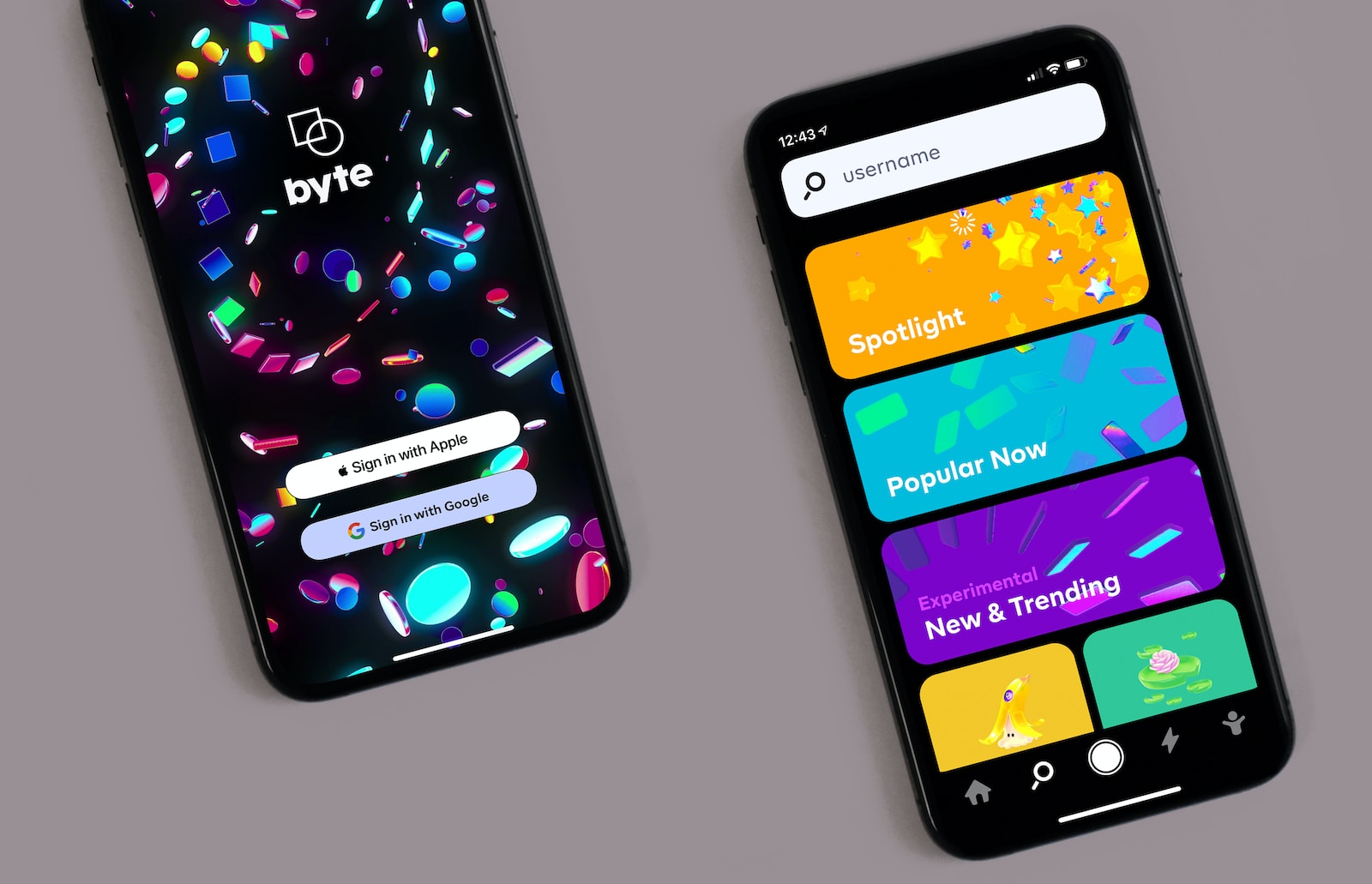In the dynamic landscape of modern business, where user experience reigns supreme, the significance of Customer-Focused Design has never been more pronounced. It’s not merely a design philosophy; it’s a strategic imperative that can redefine the trajectory of a brand. Let’s delve into the essence of Customer-Focused Design and unravel why it stands as the cornerstone of success in today’s competitive market.
Understanding the Customer Journey
Customer-Focused Design begins with a profound understanding of the customer journey. It’s not just about aesthetics; it’s about mapping out the entire experience — from the initial interaction to post-purchase engagement. By empathizing with the user’s needs, preferences, and pain points, businesses can tailor their design strategies to deliver solutions that truly resonate.
Enhancing User Satisfaction
At the heart of Customer-Focused Design lies a simple yet powerful principle: prioritize user satisfaction. Intuitive interfaces, seamless navigation, and personalized experiences are not just design elements; they are the building blocks of delighted and loyal customers. Satisfied users are more likely to become brand advocates, contributing significantly to positive word-of-mouth and organic growth.
Building Trust and Credibility
A customer-focused design instills trust. A website, application, or product that aligns with user expectations and needs creates a sense of reliability and credibility. Trust is the currency of successful business relationships, and a well-designed, customer-centric approach lays the foundation for enduring trust between the brand and its audience.
Iterative Improvement through Feedback
Customer-Focused Design thrives on feedback loops. Actively seeking and incorporating user feedback allows for continuous improvement. This iterative process ensures that the design evolves in sync with changing customer preferences and technological advancements, fostering a dynamic and resilient user experience.
Differentiation in a Crowded Market
In a crowded market where products and services often appear homogenous, Customer-Focused Design becomes a potent tool for differentiation. Brands that prioritize the user experience set themselves apart, creating a competitive advantage that extends beyond features and pricing to the very core of how customers perceive and engage with the brand.
Return on Investment (ROI) in Experience
Investing in Customer-Focused Design pays dividends. The ROI extends beyond immediate sales to encompass customer lifetime value. A positive user experience translates to customer retention, repeat business, and, crucially, positive online reviews and recommendations. These satisfied customers become ambassadors, driving organic growth and contributing to the bottom line.
Adapting to Changing Expectations
The digital landscape is in constant flux, with user expectations evolving rapidly. Customer-Focused Design is not a one-time endeavor; it’s an ongoing commitment to staying attuned to these changes. Brands that embrace flexibility and agility in their design approach are better positioned to adapt to emerging trends and ensure sustained relevance.
In conclusion, the importance of Customer-Focused Design cannot be overstated. It’s not merely a design philosophy; it’s a strategic imperative that aligns businesses with the evolving needs and expectations of their customers. By placing the user at the center of the design process, businesses can forge lasting connections, drive growth, and carve a path toward enduring success in the ever-evolving landscape of the digital age.

